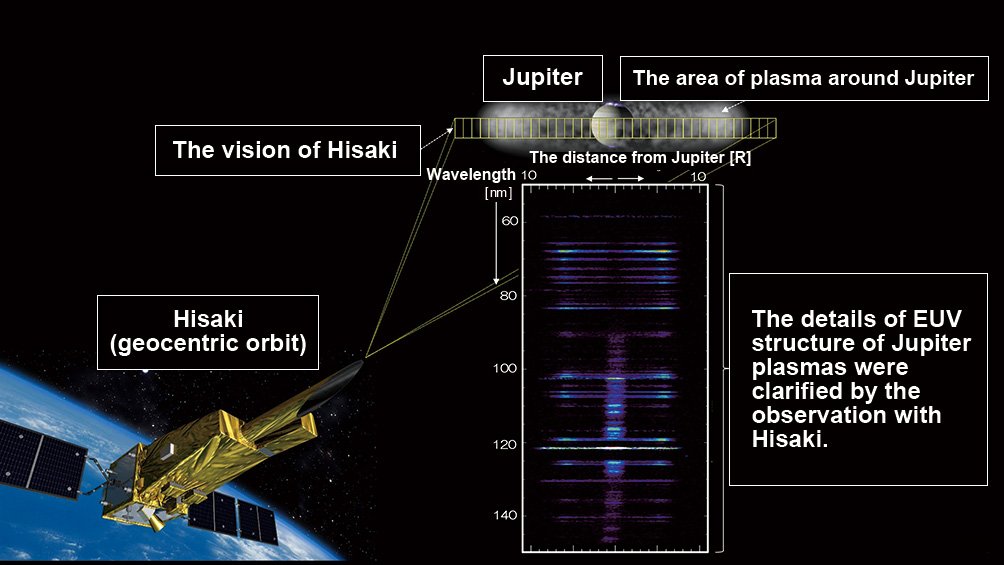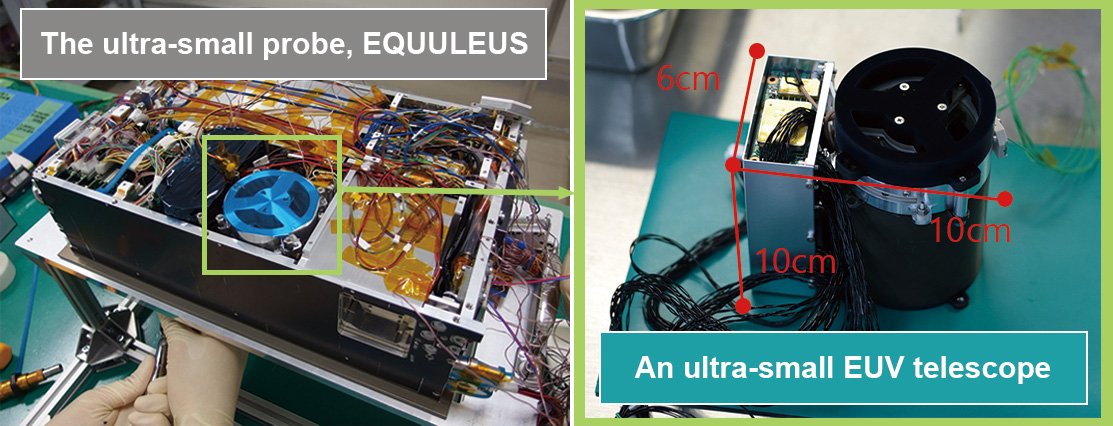Frontier Sciences
Kazuo Yoshioka
Visualizing the Universe
ーExploration of Plasma in the Planetary Atmosphere and Spaceー

In our laboratory, we try to visualize plasma in planetary atmospheres and in space to obtain a complete picture of the universe previously unseen by humans.
Kazuo Yoshioka
Associate Professor
Division of Transdisciplinary Sciences
Department of Complexity Science and Engineering
https://www.astrobio.k.u-tokyo.ac.jp/yoshikawa/en/
The Earth is covered by thick layers of gasses, including nitrogen and oxygen. Planets similar to the Earth, such as Venus and Mars, also have atmospheres. However, their pressure, temperature and composition differ distinctly from the Earth’s. Meanwhile, celestial bodies such as Mercury, the Moon and asteroids have thin atmospheres. How did this difference occur? Can celestial bodies in the solar system have environments conducive to life like the Earth?
If we look at outer space beyond the atmosphere, plasma (ions and electrons derived from the atmosphere) surrounds the Earth and interacts with the Earth’s magnetic field. Massive quantities of high-energy plasma also surround giant planets with strong magnetic fields, such as Jupiter and Saturn. How were these plasma environments formed? How do planetary atmospheres and plasma interact?
Understanding planetary atmospheres and plasma environments and, from these perspectives, clarifying their physical phenomena is important for answering questions about how the Earth and the solar system formed and whether extraterrestrial life exists.
In our laboratory, we have developed special cameras and detectors for use on satellites and explorers. We clarify what celestial bodies far away from the Earth look like and what is happening there by analyzing the data acquired by the cameras and detectors. In this way, we try to understand the formation of the solar system.
We focus particularly on the “extreme ultraviolet (EUV) The waveband of EUV contains characteristic emission lines from atoms and ions found near planets and in space. These emission lines are significantly useful for observing changes in plasma in the planetary atmosphere and space. However, EUVs can be observed only in space because the atmosphere of the Earth absorbs them. Unlike ordinary light, reflecting or detecting EUVs is challenging, making their observation by space explorers with size limitations technically and extremely difficult.
To solve this major problem, we have steadily tried to improve the efficiency of light detectors and mirror reflectivity. As a result, we optimized the photoelectron-generation efficiency by focusing on a physical phenomenon called the photoelectric effect. We developed technologies to improve the reflectance efficiency of light with specific long waves using light interference. By capturing “invisible lights” that were previously difficult to observe, we contribute to improving the precision in space exploration.
The technologies we developed have been used for space missions. One example is the Japanese ultraviolet astronomy satellite Hisaki launched in 2013. For the first time, we obtained specific data on plasma around Jupiter using a highly efficient detector, which substantially contributed to elucidating energy generation (Figure 1).
Based on these experiences, we are currently focusing on observations with an ultrasmall probe of the 10-kg class and have succeeded in observing plasma from deep space (Figure 2). A university laboratory, not space agencies such as NASA and JAXA, may make one of the world’s most advanced scientific achievements as the research leader with ultrasmall probes.
It is no longer rare for a private company to launch a rocket. The hurdles for space exploration are reducing. Moving with the times, we are determined to initiate ambitious science missions and continue attempting to unravel the mysteries of the universe.

Figure 1
Data of the EUV spectrum around Jupiter acquired by the Hisaki satellite: Detailed data analysis allows in-depth discussions on plasma acceleration in the vicinity of planets and its impacts on the space around them.

Figure 2
An ultrasmall probe, EQUULEUS equipped with the EUV telescope: This tiny telescope weighs only around 500 g and can visualize plasma around the Earth from deep space.


Through numerous trials and errors, our experiments—aimed at estimating observations in a complex universe environment—have continually contributed to improving our understanding.

We try to make undiscovered parts of the universe visible by capturing invisible light.
vol.45
- Cover
- On the Forefront of Cancer Genomics
- Visualizing the Universe: Exploration of Plasma in the Planetary Atmosphere and Space
- Finding Biological Information in Genetic Sequences
- Future of a Sustainable Low-Carbon City by a Transdisciplinary Approach
- GSFS Front Runners: Interview with an Entrepreneur
- Voices from International Students
- On Campus/Off Campus
- Events & Topics 1
- Events & Topics 2
- Information
- Relay Essay
